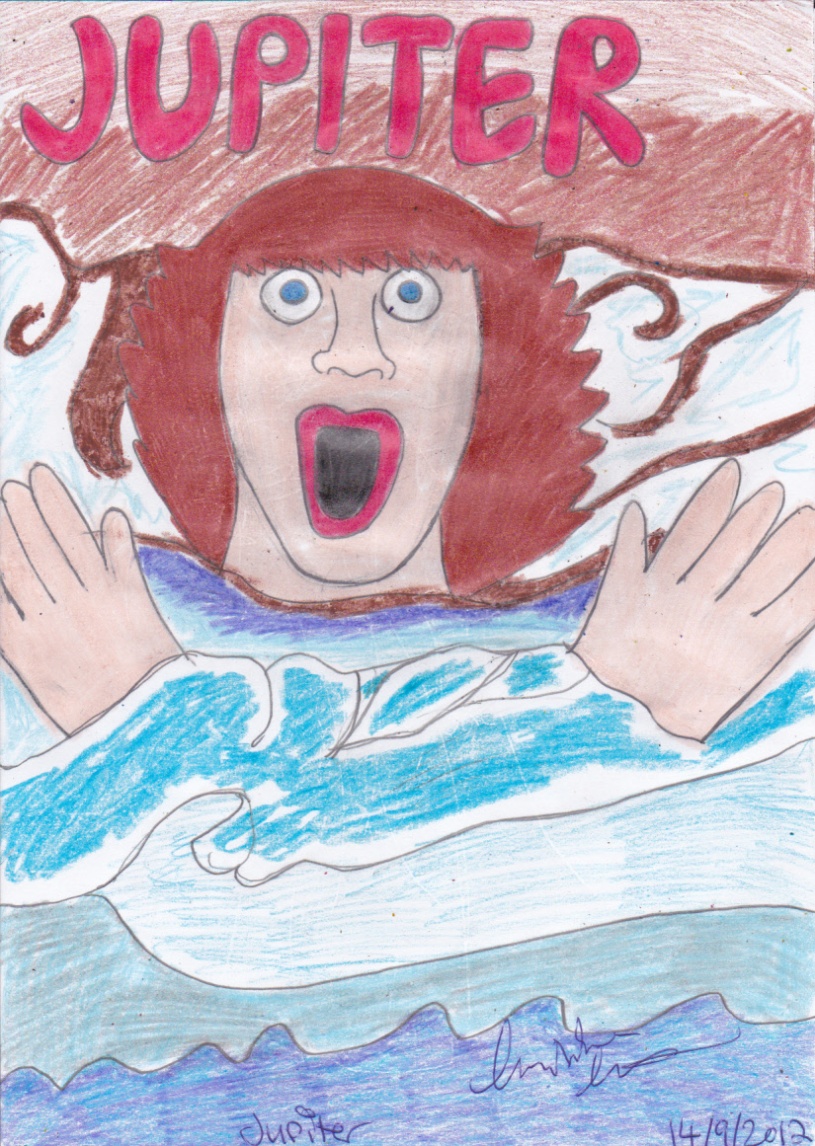Hello Funny One here. Today’s planet is Jupiter. It’s the fifth planet from the sun and is also the largest planet in the solar system. It’s named after the Roman god, Jupiter. Jupiter is composed mostly of gaseous and liquid matter. Jupiter’s Great Red Spot is an enormous storm, and has been raging for over 300 years. This storm is so large that it would fit two Earth’s inside of it. The days are short on Jupiter, they are less than 10 hours long. The planet has a fast rotation which causes the planet to be squashed, being wider at the equator than from North to South. Jupiter has four large moons, Lo, Europa, Ganymede and Callisto. They are also known as the Galilean moons. Ganymede is the largest moon in the Solar System.
Tag Archives: Roman god
A Mars a Day Helps You Work, Rest and Play!!!!
Hello It’s the Funny One here. I’m back to my planets again. Today is Mars. Mars is the fourth planet from the Sun and is commonly referred to as the Red Planet because of its reddish appearance from Earth. It’s named after the Roman God of War, Mars. It’s the seventh largest planet in our solar system. The yellow-orange color of the surface is as a result of the presence of oxidized iron in the regolith. The pink-orange color of the sky is caused by extremely fine red dust that is floating in the thin atmosphere of Mars. Mars has two moons, Deimos and Phobos. NASA and its team of private contractors are “making excellent progress” about launching an unmanned test flight in 2017 in preparation for the real mission. Ancient clay deposits on Mars may not show that the Red Planet was originally a warm, wet place, as scientists have thought. Instead of needing liquid water to form, many of the 4-billion-year-old clays on Mars could have originated from cooling lava. Did you know that Mars has seasons like Earth. This is because of the tilt of the planet’s axis, at a similar angle to the tilt of the Earth’s axis. Also the sun appears about half the size on Mars as it does from Earth.

